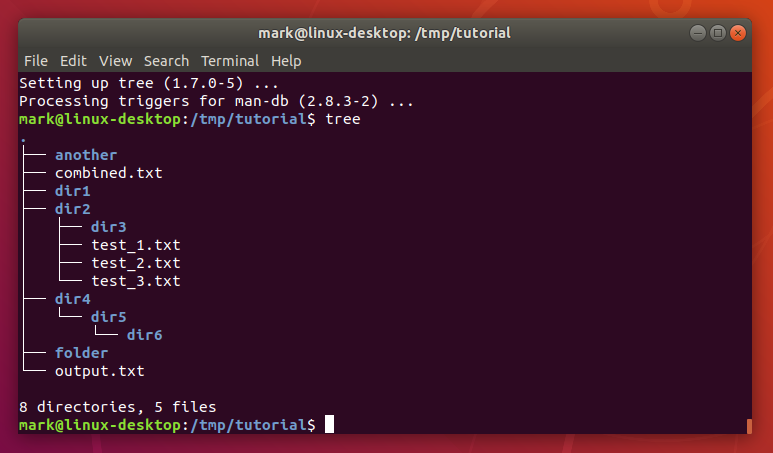

To edit a file, press i (Vim will let you know you are in edit mode with an “–INSERT–” message at the bottom of the screen). In this mode Vim can accept commands, like quit. Normal mode is the default when you open Vim. Vim has two main modes of operation “Normal” and “Editing” mode. Vim power becomes apparent when the task at hand involves slightly more complex or repetitive text operations.
#LINUX CLI SEARCH FOR TEXT IN FILES HOW TO#
This will display a black screen with Vim’s version, Authors, and few basic commands, including how to quit Vim ( :+ q+ Return) and how to get help ( :+ help+ Return). VI iMproved is a powerful and nearly omnipresent text editor. How was different from Nano? Did you get any odd warnings in your terminal while working with gedit? Vim Save in a new file gedit-sorted-rows.txt. Open the file called unsorted-rows.txt and try sorting the rows. When opening Gedit it will open a new window that resembles Windows’ notepad. Gedit is another basic Linux text editor, the main difference with Nano is that it is a graphical editor so you will need to use X11 (see lesson 1) to work with it.

Save in a new file nano-sorted-rows.txt Gedit Open the file called nano-rows.txt and try sorting the rows.
#LINUX CLI SEARCH FOR TEXT IN FILES UPDATE#
As you type commands, the menu displayed at the bottom of your screen will update with the currently available options. So “^X” means that you should press Ctrl+ X to quit nano.

The caret symbol “^” represents the control key Ctrl. With a top line showing Nano’s version and current filename, a white rectangle showing the position of the cursor, and a bottom menu with common commands. The terminal window should look something like this: This should display a “new buffer” in the terminal waiting for text input. NanoĪ basic and dependable Command Line Interface (CLI) text editor, Nano is arguably the simplest one of the ones covered in this lesson. Nano and Gedit belong to the first group and are recommended for users who only need to perform minor editions in text files, while Vim and Emacs are suggested for users who plan to spend a long time working on the command line and with text files (e.g. Text editors can be divided in two main groups, those friendly with new users and with basic features and those feature-rich with a steep learning curve. This section describes three of the most common Command Line Interface text editors for Linux: Nano, Gedit, Vim and Emacs. Identify Linux text editors available on Hawk


 0 kommentar(er)
0 kommentar(er)
